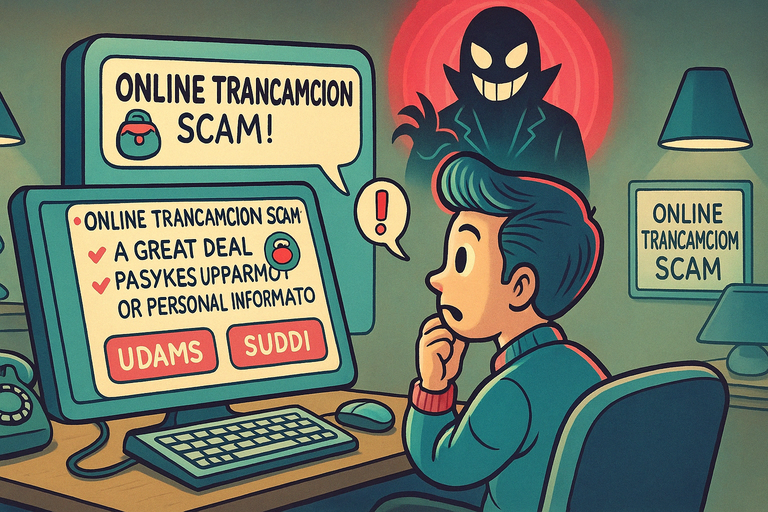← Back to all scams

Online Transaction Scam
Protecting Yourself from Fraudulent Online Transactions
Online transaction scams involve fraudsters exploiting digital payment systems to steal money or personal information. These scams often target buyers or sellers on e-commerce platforms, social media marketplaces, or direct communication channels.

Things to Be Careful About:
- Unverified Sellers: Be cautious of sellers without reviews or a proven track record.
- Requests to Move Off-Platform: Fraudsters often ask to communicate or transact outside secure marketplaces.
- Suspicious Payment Methods: Scammers may insist on wire transfers, gift cards, or other untraceable methods.
- Fake Payment Confirmations: Be wary of screenshots or emails claiming successful payments.
- Unclear Return Policies: Lack of clear terms for refunds or returns can indicate fraudulent intent.
Actions You Can Take:
- Verify Buyer/Seller Credentials: Check reviews, ratings, and profiles before engaging in transactions.
- Use Secure Payment Methods: Opt for payment options with fraud protection, such as credit cards or reputable digital wallets.
- Stay On-Platform: Conduct all communication and transactions within trusted e-commerce platforms to ensure security.
- Document Transactions: Keep records of all communications, receipts, and confirmations to support potential disputes.
- Report Fraudulent Activity: Notify the platform and relevant authorities if you suspect a scam.
Online transaction scams take advantage of the convenience of digital payments. By staying cautious and using secure platforms, you can reduce your risk and enjoy safer online shopping and selling experiences.
